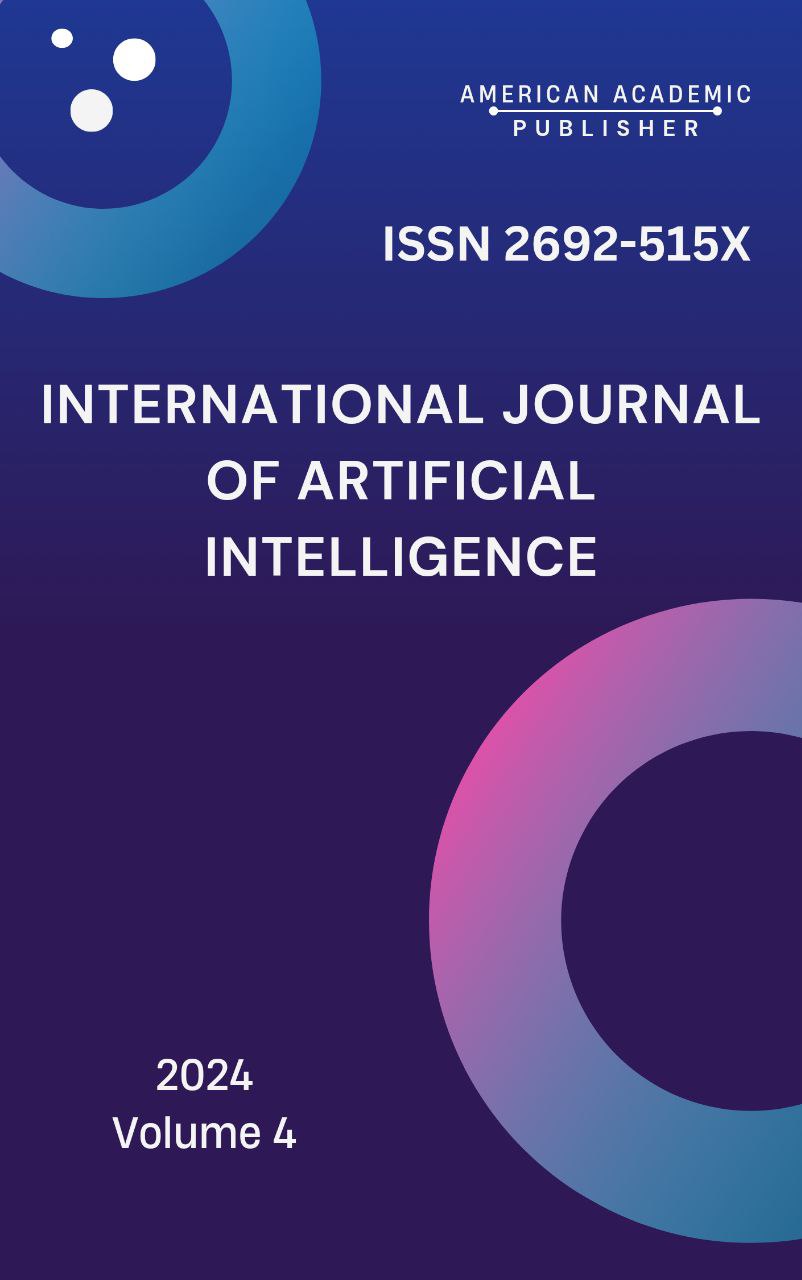 Articles
| Open Access |
Articles
| Open Access | PHRASEOLOGY IN TRANSLATION: CHALLENGES AND STRATEGIES
Zuvaytova Sarvinoz Nusurxon qizi , 3rd year student of the Faculty of Foreign Languages, Philology and Language Teaching (English), Karshi State University. 95-074-43-01Abstract
Phraseology plays a crucial role in translation, as idiomatic expressions, collocations, and proverbs often carry meanings that extend beyond their literal interpretations. Translators face significant challenges when dealing with phraseological units, including cultural differences, context dependency, and language-specific structures. This study explores the major difficulties in translating phraseological expressions and provides strategies for overcoming these challenges. By analyzing different translation approaches—such as literal translation, equivalence-based methods, and adaptation—this paper offers insights into best practices for handling phraseology in translation.
Keywords
Phraseology, translation challenges, idiomatic expressions, collocations, proverbs, equivalence, cultural adaptation
References
Baker, M. (2018). In Other Words: A Coursebook on Translation. Routledge.
Newmark, P. (1988). A Textbook of Translation. Prentice Hall.
Vinay, J. P., & Darbelnet, J. (1995). Comparative Stylistics of French and English: A Methodology for Translation. John Benjamins.
Nida, E. A., & Taber, C. R. (2003). The Theory and Practice of Translation. Brill.
Chesterman, A. (2016). Memes of Translation. John Benjamins.
Molina, L., & Hurtado Albir, A. (2002). Translation Techniques Revisited: A Dynamic and Functionalist Approach. Meta, 47(4), 498-512.
Catford, J. C. (1965). A Linguistic Theory of Translation. Oxford University Press.
Article Statistics
Downloads
Copyright License

This work is licensed under a Creative Commons Attribution 4.0 International License.

